Home>Ideas and Tips>Identifying And Treating Common Household Pests
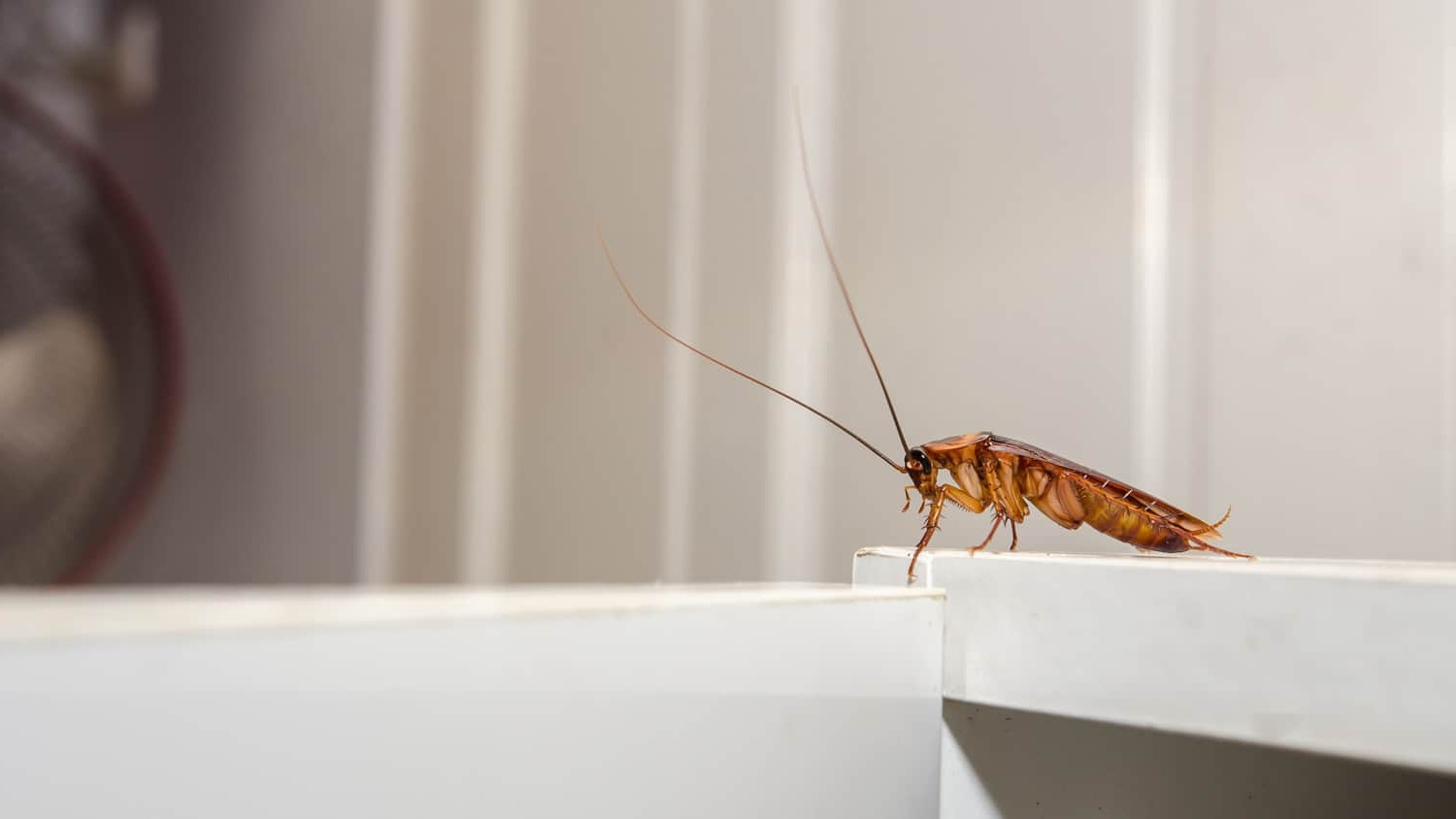

Ideas and Tips
Identifying And Treating Common Household Pests
Published: October 27, 2024
Learn how to identify and treat common household pests like cockroaches, ants, termites, and more for a healthier, pest-free home.
(Many of the links in this article redirect to a specific reviewed product. Your purchase of these products through affiliate links helps to generate commission for Storables.com, at no extra cost. Learn more)
Household pests are unwelcome guests that can invade your home, causing annoyance, health concerns, and even property damage. Identifying these intruders is the first step in effective pest management. In this comprehensive guide, we will walk you through the identification of some of the most common household pests, helping you recognize them by their appearance, habits, and telltale signs.
Cockroaches
Cockroaches are one of the most common household pests. They are typically brown or black and have a flat, oval-shaped body with long antennae and six legs. These nocturnal insects are often seen scattering when you turn on the lights.
Appearance: Cockroaches are usually brown or black with a flat, oval-shaped body. They have long antennae and six legs.
Habits and Signs: Cockroaches are nocturnal, meaning they are most active at night. They can be identified by their droppings, which resemble coffee grounds. Additionally, they leave behind shed skin and a musty odor. If you notice any of these signs, it's likely that you have a cockroach infestation.
Ants
Ants are another common household pest. They come in various sizes and colors but most have a distinct narrow waist and elbowed antennae.
Appearance: Ants have a segmented body with a narrow waist and elbowed antennae. They range in color from light brown to black.
Habits and Signs: Ants often form visible trails, especially in search of food. They may leave small piles of dirt or discarded wings near entry points. Common types of ants include carpenter ants, sugar ants, and fire ants.
Termites
Termites are pale, soft-bodied insects that typically stay hidden within wood. They are often mistaken for ants but have straight antennae.
Appearance: Termites are white, creamy, or light brown and resemble ants but have straight antennae.
Habits and Signs: Termites typically stay hidden within wood. Look for discarded wings, mud tubes on walls or foundations, and damaged wood that sounds hollow when tapped. Common types of termites include subterranean termites and dry wood termites.
Rodents (Rats and Mice)
Rodents are small furry animals with pointed snouts and long, scaly tails (rats) or rounder faces and long, thin tails (mice).
Appearance: Rats are larger with pointed snouts and long, scaly tails. Mice are smaller with rounder faces and long, thin tails.
Habits and Signs: Look for droppings, gnaw marks on wood or wires, chewed food packaging, and nests made from shredded materials. Common types of rodents include house mice and Norway rats.
Fleas
Fleas are tiny, dark brown insects with powerful hind legs for jumping.
Appearance: Fleas are small, dark brown insects with powerful hind legs for jumping.
Habits and Signs: If you notice your pets scratching excessively, it could be a sign of fleas. Look for small, dark, pepper-like droppings in pet bedding and on carpets. Fleas often infest pets but can also be found in carpets and upholstered furniture.
Spiders
Spiders come in various sizes and colors but all have eight legs and two body parts (cephalothorax and abdomen).
Appearance: Spiders come in various sizes and colors but all have eight legs and two body parts (cephalothorax and abdomen).
Habits and Signs: Most spiders are harmless but their webs and egg sacs can be found in corners, windows, or other secluded spots. Common types of spiders include house spiders and black widow spiders.
Silverfish
Silverfish are small, silver or gray insects with a carrot-shaped body.
Appearance: Silverfish are small, silver or gray insects with a carrot-shaped body.
Habits and Signs: They are often found in damp areas like bathrooms and kitchens. Look for small, irregular holes in paper or fabric.
Identifying Common Household Pests: A Comprehensive Guide
Cockroaches
Cockroaches are one of the most common household pests. They are known for their ability to thrive in almost any environment and can cause significant health concerns due to their droppings and saliva containing allergens and bacteria.
How to Identify Cockroaches:
- Appearance: Cockroaches are typically brown or black with a flat, oval-shaped body. They have long antennae and six legs.
- Habits and Signs: Cockroaches are nocturnal, meaning they are most active at night. They can be identified by their droppings, which resemble coffee grounds. Additionally, they leave behind shed skin and a musty odor.
Ants
Ants are another common household pest. They come in various sizes and colors but most have a distinct narrow waist and elbowed antennae.
How to Identify Ants:
- Appearance: Ants have a segmented body with a narrow waist and elbowed antennae. They range in color from light brown to black.
- Habits and Signs: Ants often form visible trails, especially in search of food. They may leave small piles of dirt or discarded wings near entry points. Common types of ants include carpenter ants, sugar ants, and fire ants.
Termites
Termites are pale, soft-bodied insects that typically stay hidden within wood. They are often mistaken for ants but have straight antennae.
How to Identify Termites:
- Appearance: Termites are white, creamy, or light brown and resemble ants but have straight antennae.
- Habits and Signs: Termites typically stay hidden within wood. Look for discarded wings, mud tubes on walls or foundations, and damaged wood that sounds hollow when tapped. Common types of termites include subterranean termites and dry wood termites.
Rodents (Rats and Mice)
Rodents are small furry animals with pointed snouts and long, scaly tails (rats) or rounder faces and long, thin tails (mice).
How to Identify Rodents:
- Appearance: Rats are larger with pointed snouts and long, scaly tails. Mice are smaller with rounder faces and long, thin tails.
- Habits and Signs: Look for droppings, gnaw marks on wood or wires, chewed food packaging, and nests made from shredded materials. Common types of rodents include house mice and Norway rats.
Fleas
Fleas are tiny, dark brown insects with powerful hind legs for jumping.
How to Identify Fleas:
- Appearance: Fleas are small, dark brown insects with powerful hind legs for jumping.
- Habits and Signs: If you notice your pets scratching excessively, it could be a sign of fleas. Look for small, dark, pepper-like droppings in pet bedding and on carpets. Fleas often infest pets but can also be found in carpets and upholstered furniture.
Spiders
Spiders come in various sizes and colors but all have eight legs and two body parts (cephalothorax and abdomen).
How to Identify Spiders:
- Appearance: Spiders come in various sizes and colors but all have eight legs and two body parts (cephalothorax and abdomen).
- Habits and Signs: Most spiders are harmless but their webs and egg sacs can be found in corners, windows, or other secluded spots. Common types of spiders include house spiders and black widow spiders.
Silverfish
Silverfish are small, silver or gray insects with a carrot-shaped body.
How to Identify Silverfish:
- Appearance: Silverfish are small, silver or gray insects with a carrot-shaped body.
- Habits and Signs: They are often found in damp areas like bathrooms and kitchens. Look for small, irregular holes in paper or fabric.
Prevention and Control Methods
Preventing and controlling household pests requires a multi-faceted approach that includes both preventive measures and control methods.
Keep It Clean
Regular cleaning reduces food sources for pests. Vacuum frequently, wipe down surfaces, and avoid leaving food out.
Seal Entry Points
Check for cracks and openings around windows, doors, and foundations. Seal any entry points to prevent pests from entering.
Proper Storage
Store food in airtight containers and dispose of garbage regularly to avoid attracting pests.
Reduce Moisture
Fix leaky pipes and ensure good ventilation, as many pests thrive in damp environments.
Regular Inspections
Periodically check for signs of pest activity, especially in hidden areas and crevices.
Professional Help
Professional pest control services are recommended for persistent or severe infestations.
Read more: What Is Common Brick
Treating Common Household Pests
Once you have identified the pest infestation, it's time to take action. Here are some steps you can follow to treat common household pests:
Cockroaches
- Cleanliness: Maintain a clean environment by regularly vacuuming and wiping down surfaces.
- Traps: Use sticky traps or bait traps to capture cockroaches.
- Seal Entry Points: Seal any cracks or crevices around windows, doors, and foundations.
- Insecticides: Use insecticides specifically designed for cockroaches, following all safety instructions.
Ants
- Bait Stations: Use bait stations to control ants indoors and granular bait for outdoor use.
- Seal Entry Points: Seal any cracks or crevices around windows, doors, and foundations.
- Cleanliness: Maintain a clean environment by regularly vacuuming and wiping down surfaces.
- Natural Deterrents: Use natural deterrents like cinnamon or citrus peels to repel ants.
Termites
- Professional Inspection: Hire a professional to inspect your home for termite damage.
- Baiting Systems: Use baiting systems that contain slow-acting poison to control termite colonies.
- Seal Entry Points: Seal any cracks or crevices around windows, doors, and foundations.
- Soil Treatment: Treat the soil around your home with termite-killing chemicals.
Rodents (Rats and Mice)
- Traps: Use snap traps or humane traps to capture rodents.
- Seal Entry Points: Seal any cracks or crevices around windows, doors, and foundations.
- Cleanliness: Maintain a clean environment by regularly vacuuming and wiping down surfaces.
- Insecticides: Use insecticides specifically designed for rodents, following all safety instructions.
Fleas
- Flea Medication: Use flea medication on your pets as directed by your veterinarian.
- Vacuuming: Thoroughly vacuum carpeting, upholstery, under furniture, and along baseboards.
- Washing Bedding: Wash bedding regularly in hot water to kill fleas.
- Flea Traps: Use flea traps or sticky tape to capture fleas.
Spiders
- Vacuuming: Thoroughly vacuum carpets and upholstered furniture to remove spider webs.
- Dusting: Dust corners and crevices where spiders often hide.
- Seal Entry Points: Seal any cracks or crevices around windows, doors, and foundations.
- Natural Deterrents: Use natural deterrents like essential oils to repel spiders.
Silverfish
- Drying Out: Reduce moisture levels in your home by fixing leaky pipes and improving ventilation.
- Seal Entry Points: Seal any cracks or crevices around windows, doors, and foundations.
- Cleaning: Regularly clean areas where silverfish are found using a damp cloth to remove eggs and larvae.
- Insecticides: Use insecticides specifically designed for silverfish, following all safety instructions.
Conclusion
Identifying common household pests is crucial for effective pest control. By recognizing these pests' appearance, habits, and telltale signs, you can take proactive measures to prevent infestations or seek professional help when needed. Remember that early detection and intervention are key to minimizing the damage and inconvenience caused by these unwanted houseguests. If you suspect a significant pest problem in your home, it's always best to call a professional pest control service for assistance.
By following the steps outlined in this guide, you can confidently identify and treat common household pests, ensuring a safer and healthier living environment for you and your family.
Was this page helpful?
At Storables.com, we guarantee accurate and reliable information. Our content, validated by Expert Board Contributors, is crafted following stringent Editorial Policies. We're committed to providing you with well-researched, expert-backed insights for all your informational needs.


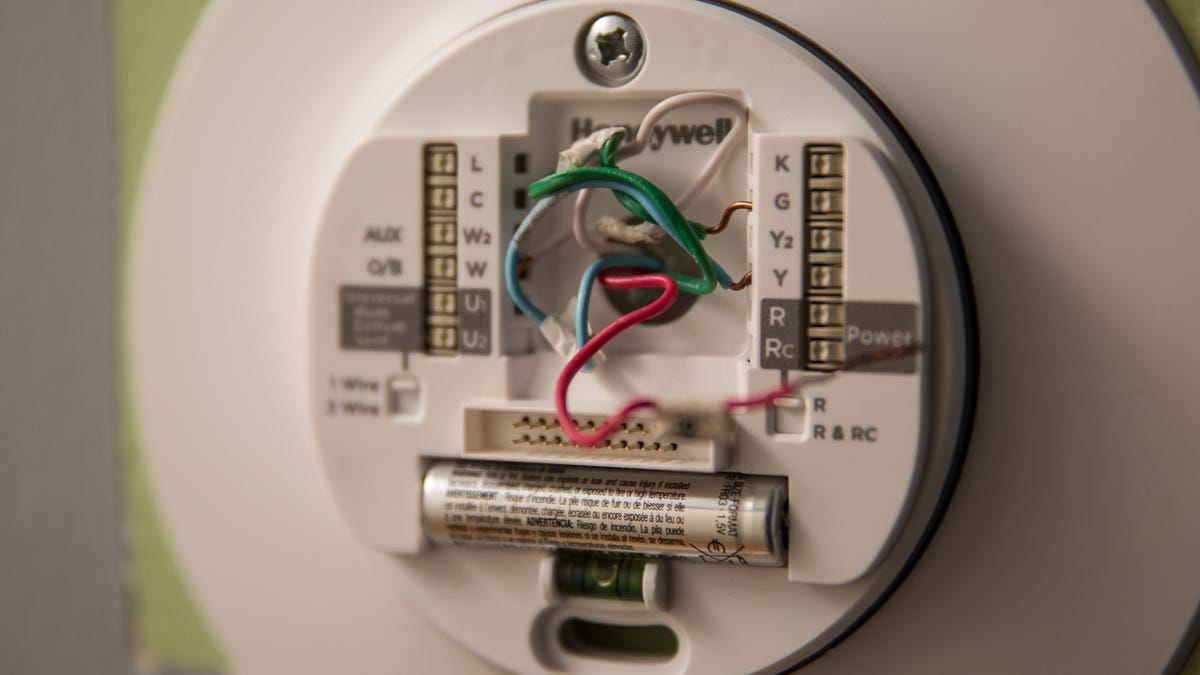

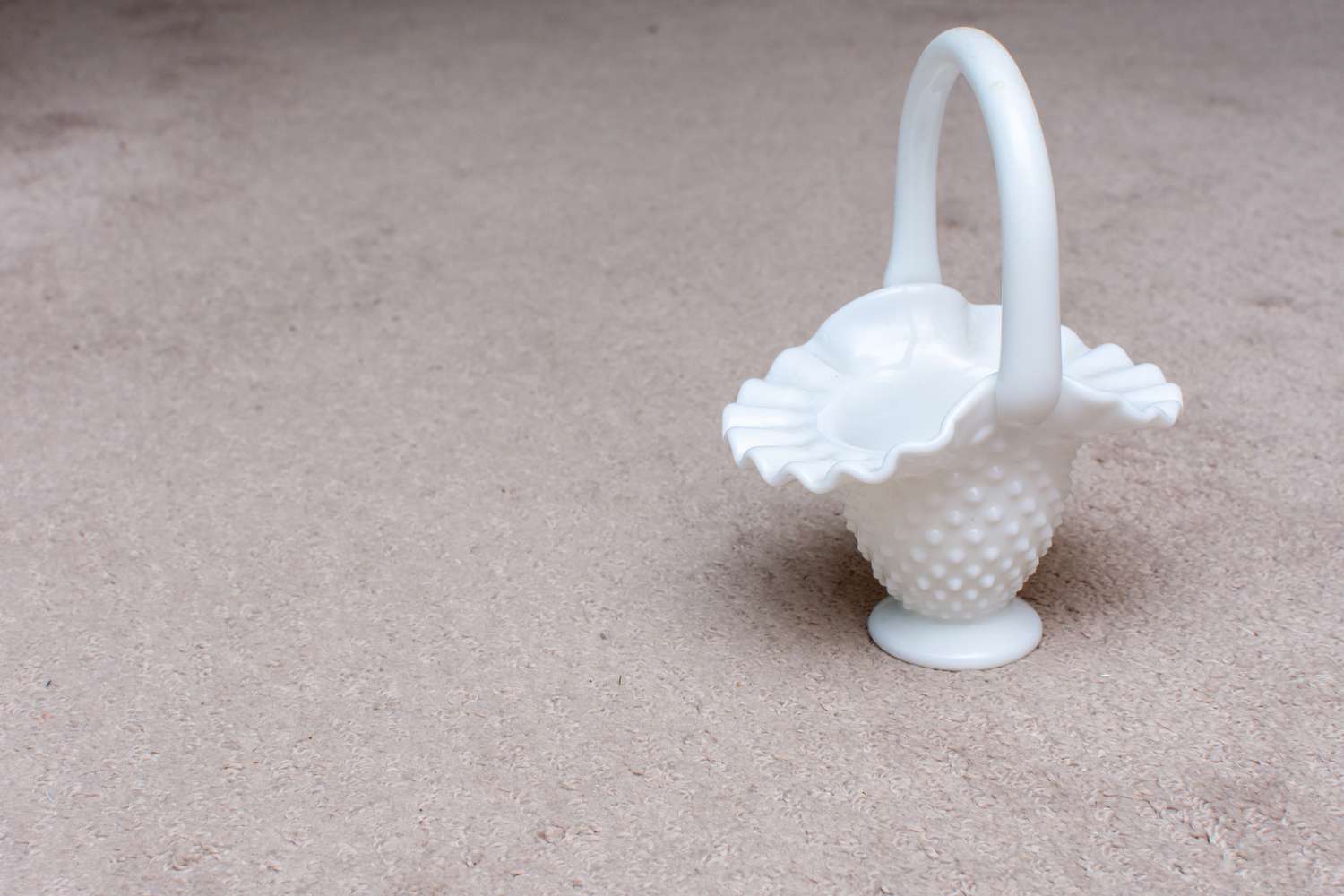
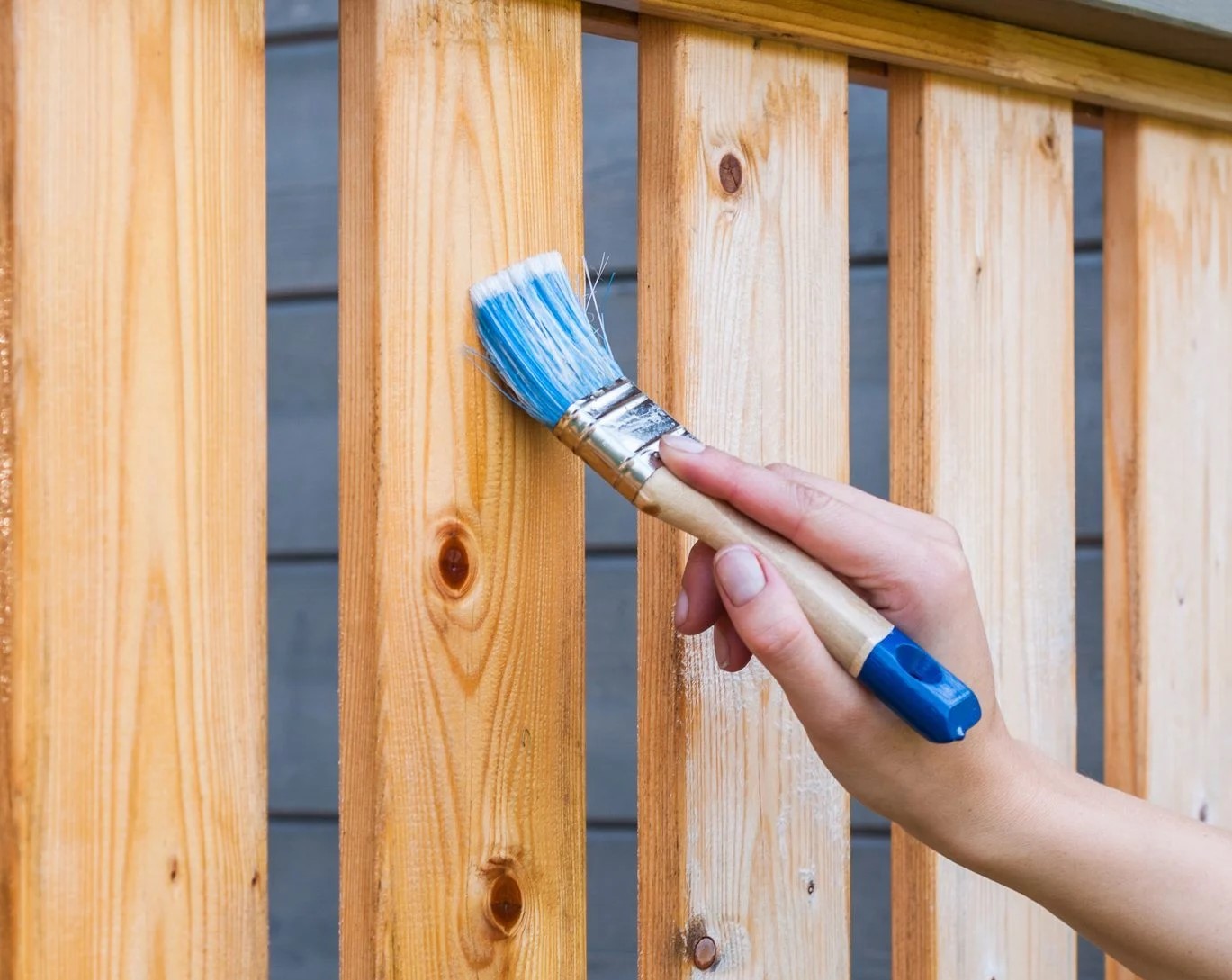
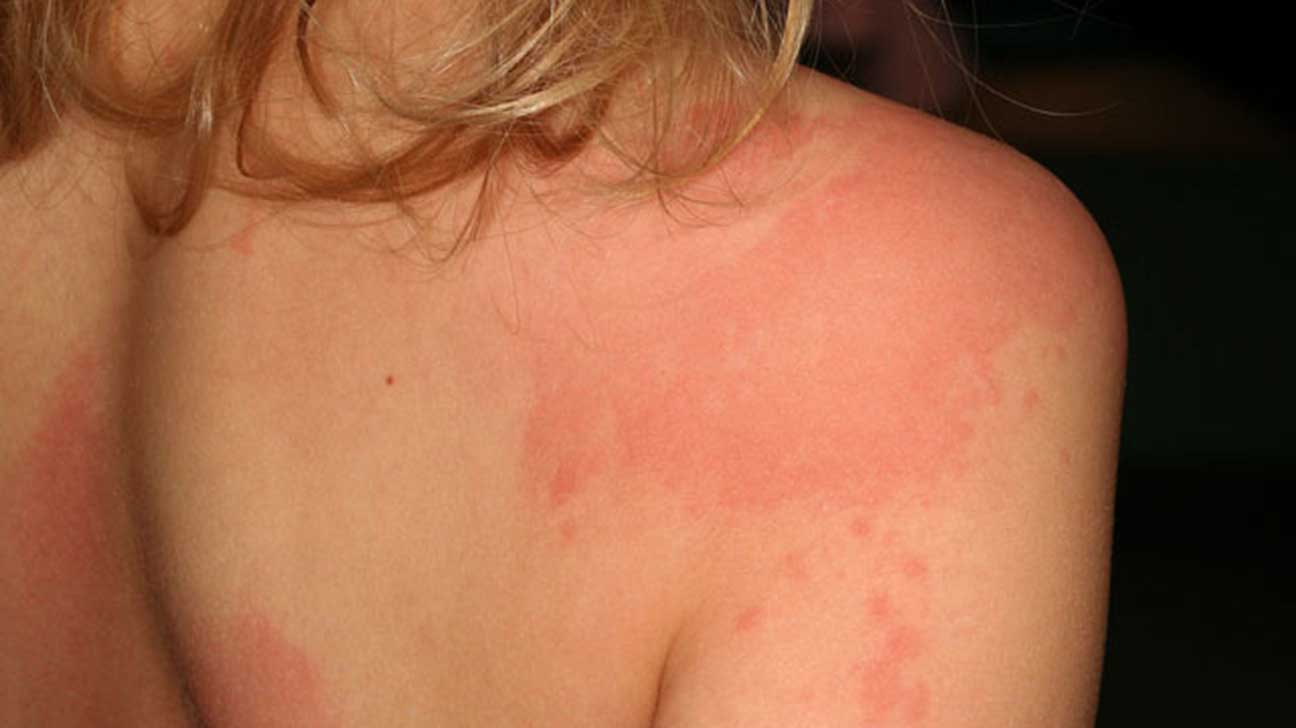
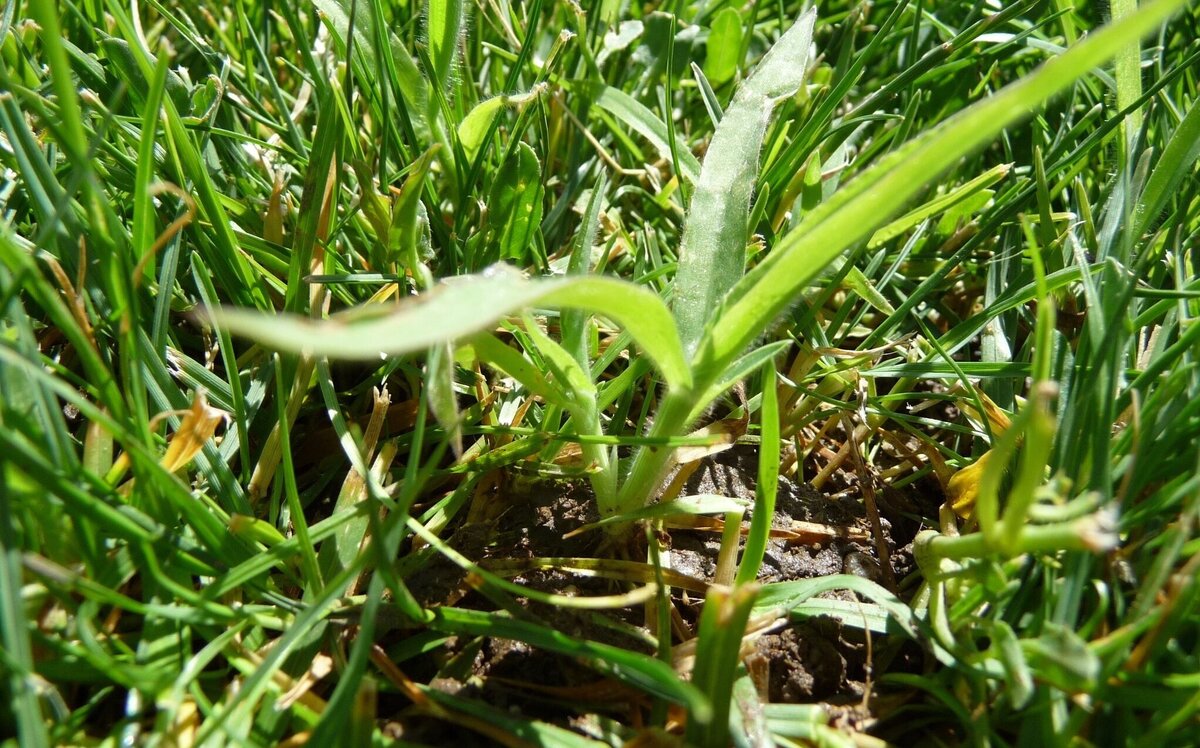

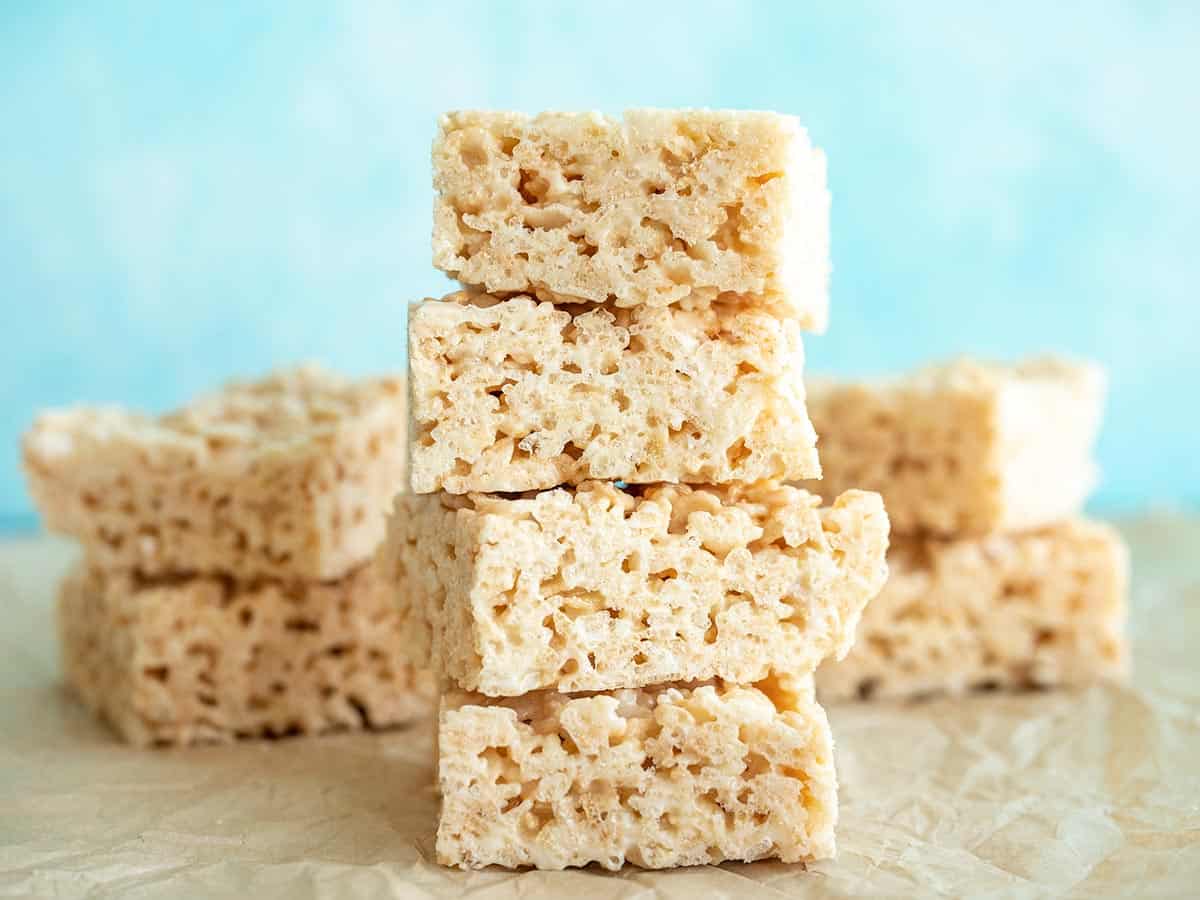
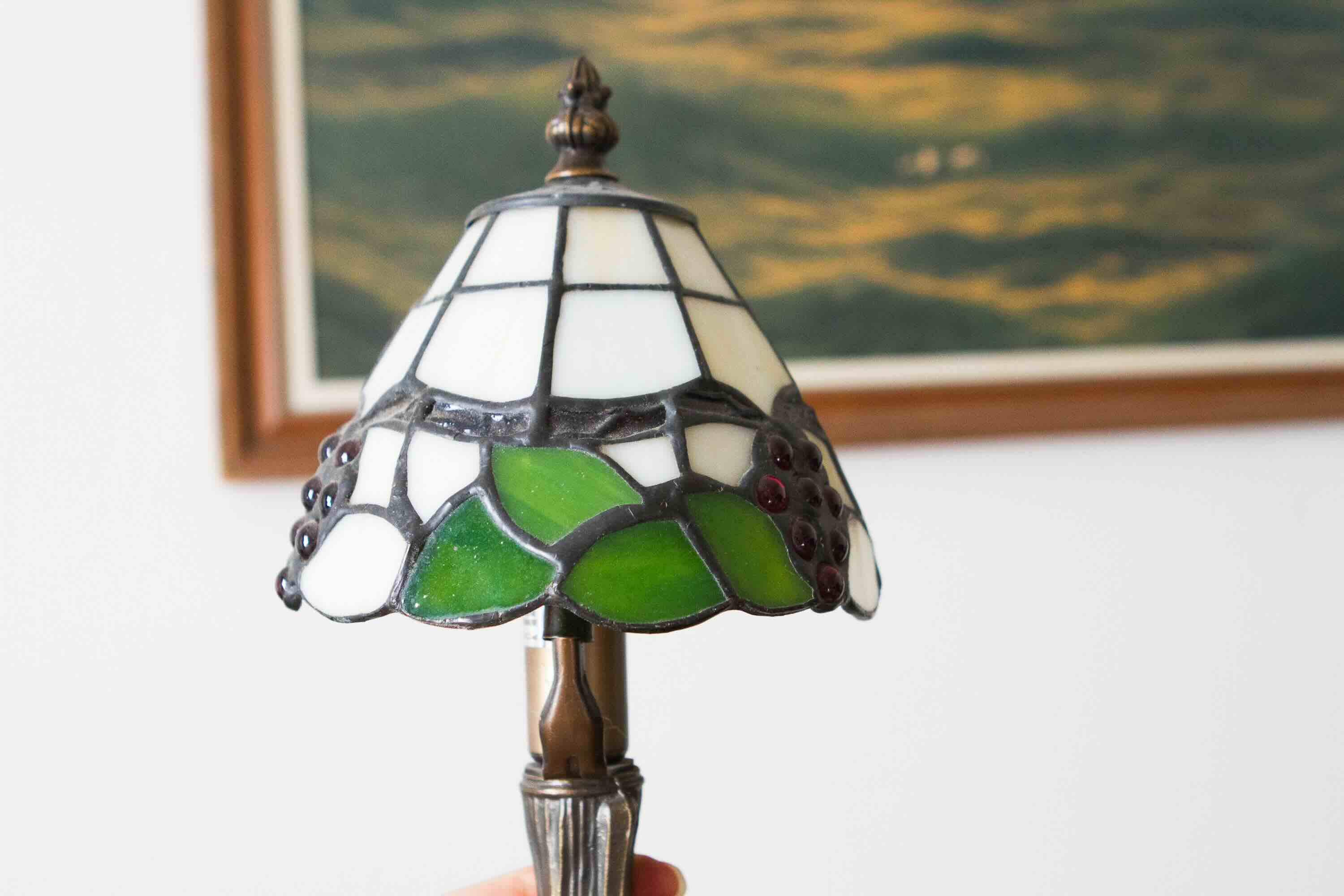
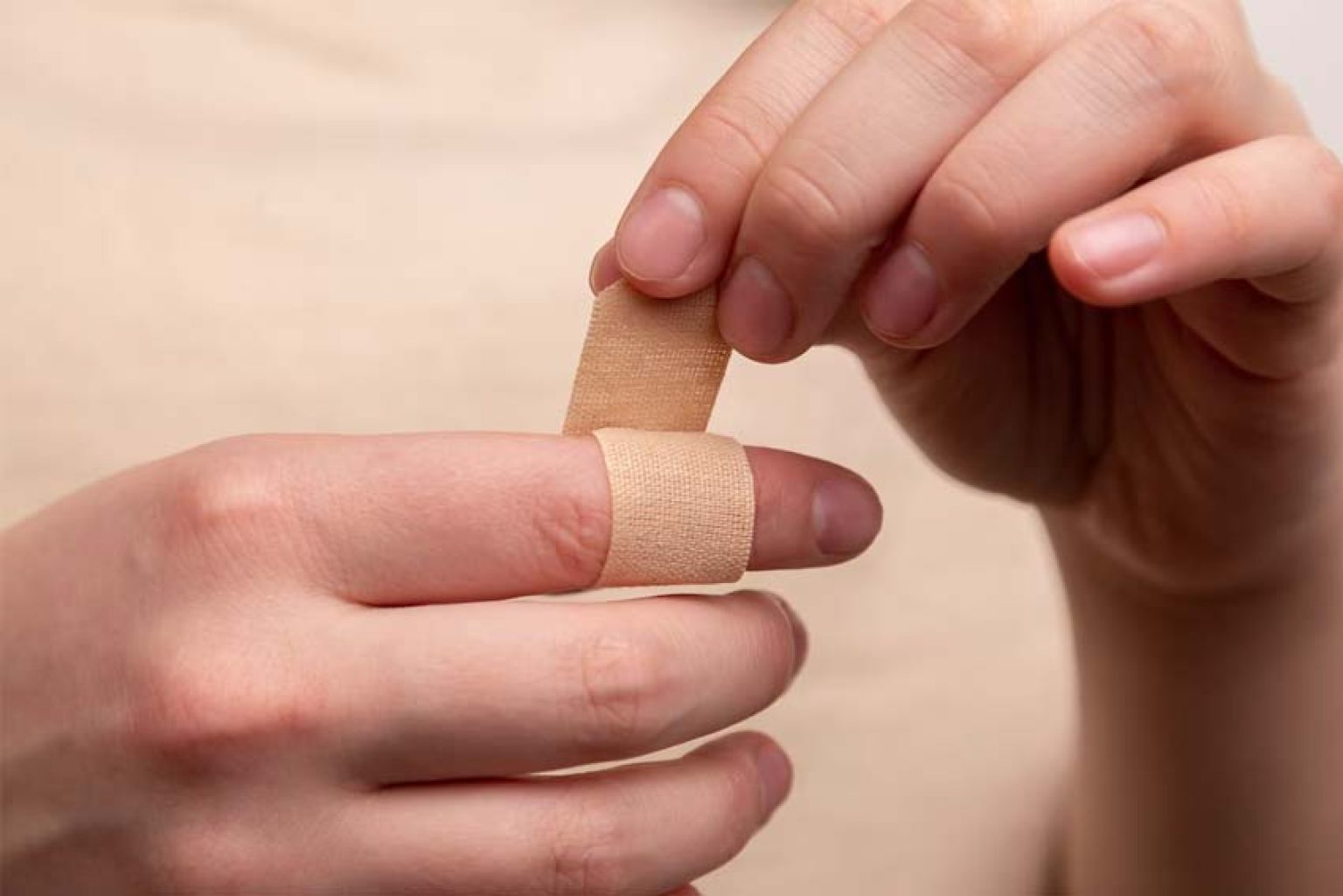


0 thoughts on “Identifying And Treating Common Household Pests”